NASA dust detective delivers first maps from space for climate science
Wednesday, 19 October 2022 12:06 NASA's Earth Surface Mineral Dust Source Investigation (EMIT) mission aboard the International Space Station has produced its first mineral maps, providing detailed images that show the composition of the surface in regions of northwest Nevada and Libya in the Sahara Desert.
Windy desert areas such as these are the sources of fine dust particles that, when lifted by wind into the atmospher
NASA's Earth Surface Mineral Dust Source Investigation (EMIT) mission aboard the International Space Station has produced its first mineral maps, providing detailed images that show the composition of the surface in regions of northwest Nevada and Libya in the Sahara Desert.
Windy desert areas such as these are the sources of fine dust particles that, when lifted by wind into the atmospher Viewing Earth from space at night: tracking our changing black marble
Wednesday, 19 October 2022 12:06 When the sun goes down and lights go on - or not - a multitude of data can be gathered by satellite from the night sky, giving insights into the dynamic human activities happening at the surface.
With remote sensing, things like land use changes, urban development, and forest management can be reliably and accurately measured by daylight. At nighttime, we can gather different kinds of data
When the sun goes down and lights go on - or not - a multitude of data can be gathered by satellite from the night sky, giving insights into the dynamic human activities happening at the surface.
With remote sensing, things like land use changes, urban development, and forest management can be reliably and accurately measured by daylight. At nighttime, we can gather different kinds of data Chinese satellite in-flight calibration research approved by World Meteorological Organization
Wednesday, 19 October 2022 12:06 Recently, the World Meteorological Organization (WMO) reported in its GSICS Quarterly Newsletter (Volume 16, No. 2, 2022) the research of the in-flight radiometric calibration of Chinese wide field of view (FOV) Directional Polarimetric Camera (DPC) on-board GF5 and GF5-02 series satellites based on Rayleigh scattering method, which was carried out by a research team led by Prof. LI Zhengqiang f
Recently, the World Meteorological Organization (WMO) reported in its GSICS Quarterly Newsletter (Volume 16, No. 2, 2022) the research of the in-flight radiometric calibration of Chinese wide field of view (FOV) Directional Polarimetric Camera (DPC) on-board GF5 and GF5-02 series satellites based on Rayleigh scattering method, which was carried out by a research team led by Prof. LI Zhengqiang f Treemetrics signs 1.2M euro contract with ESA
Wednesday, 19 October 2022 12:06 Treemetrics, a global leader in forestry management software, has signed a contract with the European Space Agency (ESA) valued at euro 1.2 million. Under the two-year contract, Treemetrics will be utilising satellite imaging, data analytics and its advanced forest measurement technology to provide more accurate forest carbon credit estimates.
The global demand for forest carbon credits i
Treemetrics, a global leader in forestry management software, has signed a contract with the European Space Agency (ESA) valued at euro 1.2 million. Under the two-year contract, Treemetrics will be utilising satellite imaging, data analytics and its advanced forest measurement technology to provide more accurate forest carbon credit estimates.
The global demand for forest carbon credits i Canada to contribute satellite and instruments to NASA-led Earth science mission
Wednesday, 19 October 2022 07:56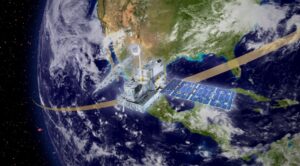
The Canadian government announced Oct. 18 it will fund development of a satellite and instruments for a NASA-led Earth science program.
The post Canada to contribute satellite and instruments to NASA-led Earth science mission appeared first on SpaceNews.
SDA slide reveals Tranche 0 optical terminal manufacturers
Tuesday, 18 October 2022 22:45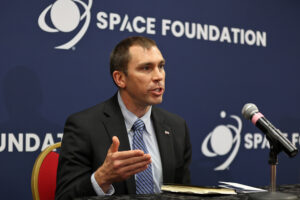
“I'm going to do competitions for every Tranche, every layer, every time and it's going to be full and open,” Space Development Agency director Derek Tournear said. “The only way we can do that is if I make sure all the satellites work together as a network.
NASA gives green light for space station spacewalks to resume
Tuesday, 18 October 2022 22:45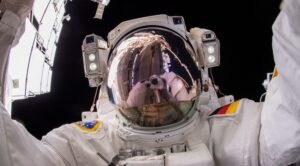
NASA is ready to resume spacewalks outside the International Space Station after completing an investigation of water found in a spacesuit during a spacewalk earlier this year.
The post NASA gives green light for space station spacewalks to resume appeared first on SpaceNews.
Inmarsat sale clears Australia’s foreign investment watchdog
Tuesday, 18 October 2022 19:59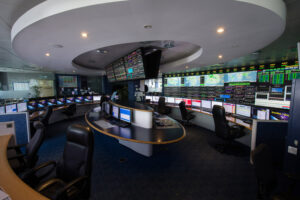
Viasat said Oct. 18 it got the nod from Australia’s foreign investment regulator to take over Inmarsat, although the deal remains subject to regulatory approvals elsewhere.
The post Inmarsat sale clears Australia’s foreign investment watchdog appeared first on SpaceNews.
Pentagon: It’s up to SpaceX to decide what to do about Starlink in Ukraine
Tuesday, 18 October 2022 19:36
Pentagon press secretary Pat Ryder said Oct. 18 DoD would not comment on Elon Musk's recent tweets about Starlink services in Ukraine
The post Pentagon: It’s up to SpaceX to decide what to do about Starlink in Ukraine appeared first on SpaceNews.
Eutelsat fortifying jamming defenses over Middle East
Tuesday, 18 October 2022 19:23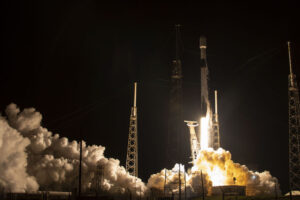
Eutelsat is preparing to deploy the first of two new jamming-resistant broadcast satellites over the Middle East following signal interference in Iran.
The post Eutelsat fortifying jamming defenses over Middle East appeared first on SpaceNews.
How scientists predict solar wind speed accurately using multimodality information
Tuesday, 18 October 2022 17:20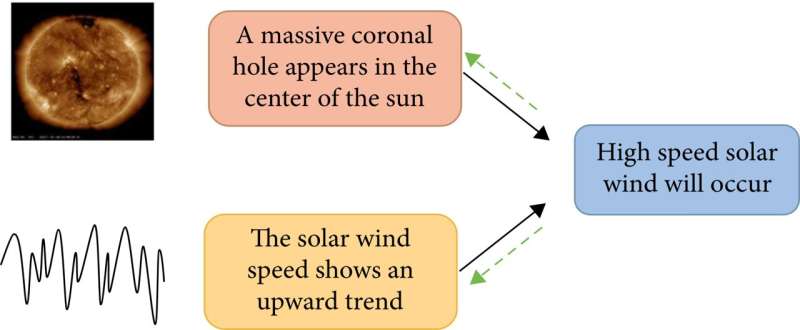
As more and more high-tech systems are exposed to the space environment, space weather prediction can provide better protection for these devices. In the solar system, space weather is mainly influenced by solar wind conditions. The solar wind is a stream of supersonic plasma-charged particles which will cause geomagnetic storms, affect short-wave communications, and threaten the safety of electricity and oil infrastructure when passing over the Earth.
Accurate prediction of the solar wind speed will allow people to make adequate preparations to avoid wasting resources. Most existing methods only use single-modality data as input and do not consider the information complementarity between different modalities.
Uncontrolled rocket reentries are a bigger problem than you think
Tuesday, 18 October 2022 15:47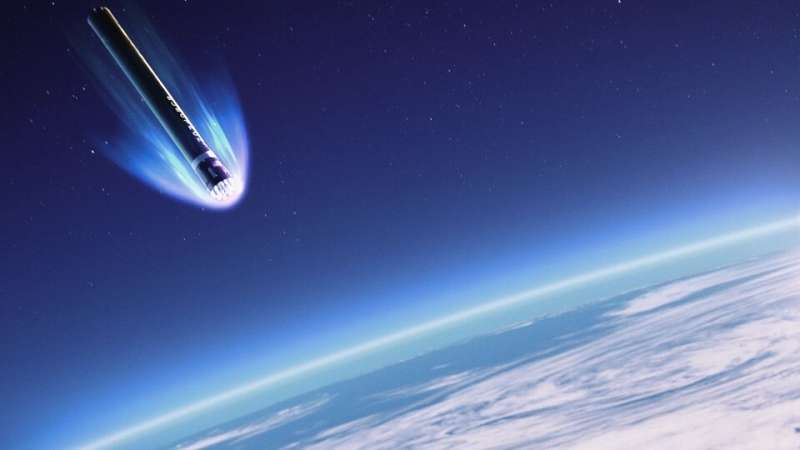
More than 60% of the launches in 2020 resulted in one or more rocket parts making an uncontrolled reentry into the atmosphere. While thankfully no one was hurt by that debris, with the expected rise in rocket launches over the coming decade the chances of a casualty are increasing. A new study paints the picture of how current methods of assessing risk are inadequate and new steps need to be taken.
Rocketry is a complex business. A typical lunch will usually require multiple stages to get the payload into orbit. Most of the time everything goes well, with the individual stages designed to either burn up in the atmosphere or end up on an escape trajectory away from the Earth. But in 2020 alone, 60% of the launches to low Earth orbit ended up with at least one significantly sized rocket part simply abandoned in an uncontrolled orbit.
New research facility houses largest plasma wind tunnel in the US
Tuesday, 18 October 2022 15:11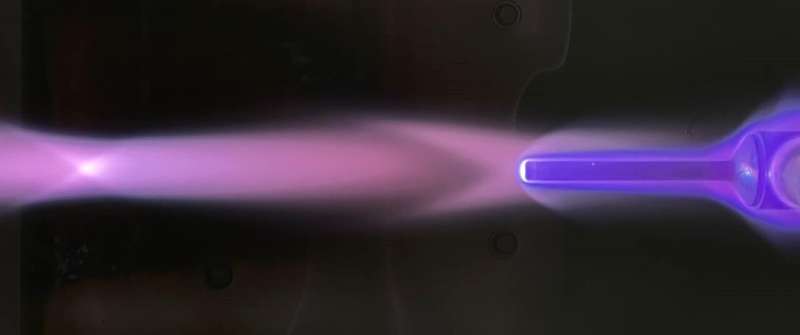
In hypersonic flight, an aircraft or spacecraft moves at least five times faster than the speed of sound—producing extreme heat that can push the craft beyond its physical limits. The difficulty and importance of protecting vehicles against those conditions were tragically illustrated in 2003 when slight damage to heat-shielding tiles caused the Space Shuttle Columbia to disintegrate while re-entering Earth's atmosphere.
A unique experimental facility at the University of Illinois Urbana-Champaign will help ensure that such a tragedy is never repeated—and enable unprecedented new adventures in space exploration.
The Plasmatron X is the largest inductively coupled plasma wind tunnel in the United States.
Panasonic Avionics to bring OneWeb LEO broadband to planes
Tuesday, 18 October 2022 13:40
Panasonic Avionics, one of the largest providers of satellite-enabled broadband to aircraft, said Oct. 18 it has reached a deal to sell low Earth orbit (LEO) connectivity services from OneWeb in the second half of 2023.
Partnerships seen as key for LEO operators to enter Asia
Tuesday, 18 October 2022 13:34
While Starlink is ramping up efforts to expand its foothold in Asia, satellite operators there remain undeterred as they expect the U.S. broadband service would end up seeking their help for business.
The post Partnerships seen as key for LEO operators to enter Asia appeared first on SpaceNews.
